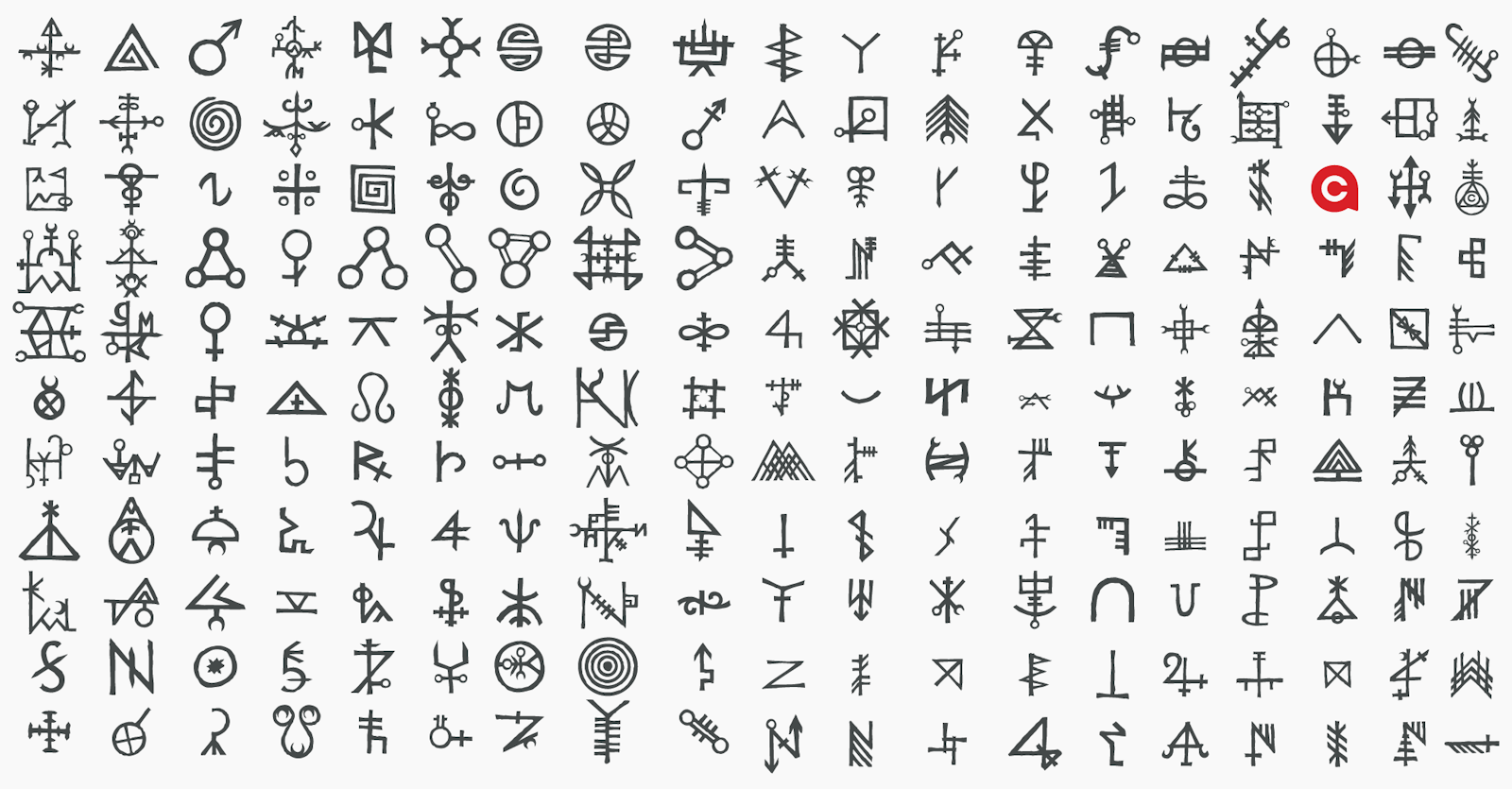Is Your Mark an Anchor or a Sail?

How to tell if your mark isn't working for you.
When you begin to really examine your teams’ behaviors, there are a few common signs you can quickly recognize as to whether or not your logo is aging like a fine wine, or a gallon of warm milk.
The most valuable brands in our lives are the ones that we adopt, fall in love with and invite into our lives. They become living members of our community, families and identities, symbolically representing what we believe in and aspire to be as human beings. This type of relationship with brands is less defined by the generic audience (B2B or B2C) and more by the strength of the relationship between brand and person.
Those with strong bonds know the importance of symbolism, consider how both their offering and their messaging will be consumed, and have a need to keep or push the pace of change. If you’re a follower, keeping pace is your focus, if you’re a leading brand, pushing the pace of change is a priority.
Knowing how your offering is consumed requires an effort to journey map your experience. This is a subject worthy of many posts and books, but for this effort know that if you’ve never mapped your experience, you can’t fully see the experience you’ve designed. Knowing how your messaging is consumed requires research, both quantitative and qualitative, but always structured in a way to improve your collected knowledge of the counter intuitive aspects of brand messaging (ie; we said this and our audience heard that, unexpected and counter intuitive).
Next, the symbolism of a brand.
This is where many brands live in a land of myopia (not as fun as Narnia). As brand owners, it is impossible to see the signals you send without someone holding up a mirror for you (as futile as Tom Hanks making smoke signals in Castaway). Success breeds a kind of myopic thinking, the more successful a brand has been, the more likely the myopic tendencies will show up. “Why do we need to change, we’re successful?” Humility and respectfulness as a brand and business starts to convert to confidence and arrogance. The brand becomes blind to the symbolism shifts in culture, industry or their customer base.
We have large multinational brand examples of this with nuances up the wazoo, but let’s consider something smaller and more to the point.
The brand Discount Steel is a Minneapolis based steel recycling facility selling their metals to local companies and individuals as well as to national brands like Tesla and SpaceX. After nearly 30 years running a successful business, the family came to a realization - the symbolism from the name “Discount Steel” along with the clipart illustration of a guy running with steel pipes was no longer symbolizing the reputation they had built. For that matter, the name showing up on an invoice to Tesla just didn’t seem to fit the quality of their product, experience or family business.
The signals you send are essential building blocks for the symbolism of your brand. It seems obvious now, but for more than three decades Discount Steel had been running with a man carrying pipes and no one said a word.
This type of missed symbolism is everywhere when you start to look around at the designed world. Most times it isn’t as obvious as the above example, but then, it wasn’t obvious until Capsule worked with the family to make these changes a reality.
Leading brands are where they are because they’ve embraced the pace of change from the industry, know themselves and hold a healthy respect for an outside point of view. Checking yourself in front of a mirror happens most mornings before you face the first video meeting. Checking your brand in front of a mirror is not even as common as an annual event, yet perhaps a regular check-in is a good idea.
The effort to make a change in symbolism usually starts with one of these five reasons; functional changes, repositioning and new opportunities, internal changes to signal, merger / acquisition and leadership change.
In this blog series, we’ll cover all five of these with examples for each.
This series was inspired by a book Capsule wrote around a decade ago called, Design Matters: Logos. If you’d like a copy, the learnings are still relevant and we’d be happy to send you a copy.
If you need a check-in on your brand symbolism, contact Capsule to start a conversation.


